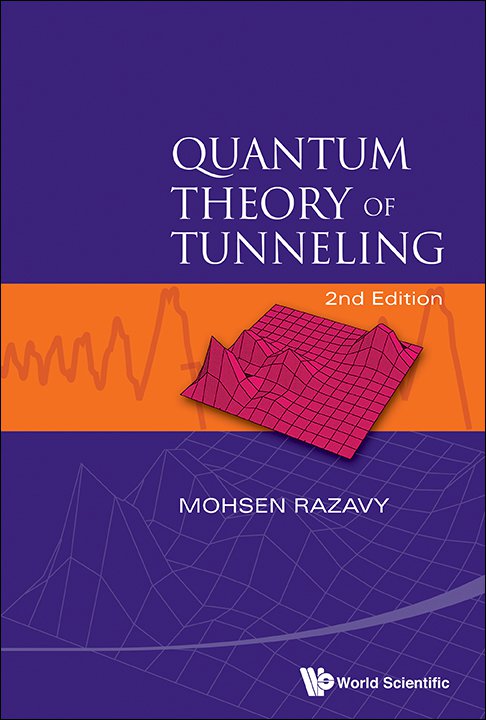Chapter 22: Motion of a Particle in a Waveguide with Variable Cross Section and in a Space Bounded by a Dumbbell-Shaped Object
The passage of a quantum particle through a waveguide with variable cross section causes a shift in the phase of its wave function and the presence of a bottleneck in the waveguide acts like a potential barrier. For wave numbers corresponding to propagating modes there is reflection and transmission similar to the motion of a particle over the potential barrier. However for smaller wave numbers, below the cutoff frequency, the wave will be evanescent wave, i.e. it exhibits exponential decay which is one of the characteristics of quantum tunneling. Now let us consider the propagation of a scalar field, e.g. the electric (or magnetic) component of the electromagnetic wave in a similar waveguide. In both cases if the frequency of the incoming wave is above the cutoff frequency for a given model, the energy (or the probability current) can be transmitted with negligible attenuation. However if the frequency is below cutoff, that particular mode will be attenuated with reduced energy (or current). For the sake of simplicity here we will consider only TE0,1 (the lowest transverse electric) of a microwave in which the electric field is orthogonal to the direction of propagation, our aim is to use this analogy and verify the validity of tunneling times experimentally [1]–[11]…



